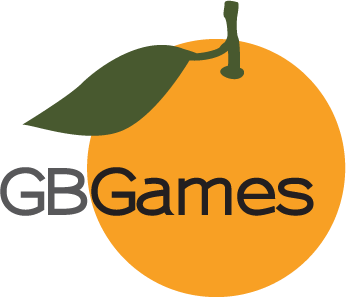At the Chicago Indie Game Developer Club meeting last Tuesday, Impossible mentioned the idea of making a casual first-person shooter. We both wondered how one would make such a game. What would it be like?
At first, I was just amused at the idea, but then I thought that it might make for a good thought experiment. So I started thinking about it.
Normal FPS
What’s makes a regular, normal first-person shooter? The industry-standard controls involve the use of WASD, although some players prefer the arrow keys. The mouse controls which way you are looking. One button controls shooting. The other can be used for jumping or alternate fire. Those are the basics, although some games allow you to use other keys on the keyboard to control whether you are running, walking, standing, or crawling. Other keys allow you to perform context-sensitive actions. You can switch weapons. You can taunt. You can send messages to everyone or limit them to teammates or enemies. Some keys correspond to launching flares or grenades. Some bring up different aspects of the HUD.
Now, I will admit that it just sounds complex. Most players don’t concentrate on using all the keys, after all. You can play Quake 3 Arena with just WASD/arrows and the mouse, ignoring the crouch key, for example. On the other hand, expert players will utilize whatever they can to play well. From changing the view radius to increasing the speed of mouse movement, they will simply be in a league of their own compared to completely new players. There are people who play often enough to memorize the order of player spawns and take advantage of this knowledge to kill opponents before they have a chance to move. It can be frustrating for regular players, but I can see it discouraging newbies completely.
Casual FPS
What would you change to make an first-person shooter more accessible to non-gamers? For one, change the default controls to the arrow keys. Maybe it is different for foreign keyboards, but I have yet to see a new computer gamer that hasn’t used the arrow keys and wondered why the game wasn’t responding. Harry Potter and the Chamber of Secrets even used WASD! Children are just supposed to pick up on this control scheme? It reminds me of playing games on the Apple II in which every game used IJKM. It took me a little getting used to, especially since the arrow keys were right there and made a heck of a lot more sense.
As for controls, I think simplification can only help. For example, in Alien vs Predator 2, you can turn on the shoulder lamp. The battery would drain, and it would recharge when you turn it off. Well, for a casual version of the game, I think that you would throw out the concept of draining and recharging. Maybe even have the lamp work in a context-sensitive manner or just have it always on. Let the player worry about maneuvering and shooting rather than which key to press to turn on a flashlight. “Oops, I accidentally launched a flare. Wait, that was the key to activate the hacking tool. I’ve almost got it…no, not Gadget Umbrella!” A casual FPS would allow the player to focus on the essential parts of the interface.
I think steps could be taken to prevent veterans from having an advantage over newbies just for knowing more. For example, there is a map in Quake 3 Arena that allows a player to stand in one spot and quickly shoot opponents with the rail gun as they are spawned. Shoot at one point, then aim at the new point and wait for the player to appear. Repeat. New players are still trying to get their bearings, and this specific level is one of the worst to play for the first time. Some people might grind through and try to fight back, but casual players will simply find a new server. I am not saying that veterans shouldn’t play better than newbies. I just think that it can be annoying to play against someone who is winning for no other reason than that you don’t know the level layout as well.
And what about the idea of a shooter in the first place? Does it have to involve guns, blood, and gore? Maybe a casual title might involve construction instead of destruction. Maybe it could feature a capture the flag type of game where the object is to grab resources from a central area and return to your base without dropping them. Cooperation could be encouraged, and it would be more than simply blasting through the campaign levels together.
Hmmm…
While the above are high-level ideas to think about, I know that I am leaving out and/or forgetting many more. What do you think would make a casual FPS?
